









Design and manufacturing of pneumatic transport systems applied to multiple industries.
Design and manufacturing of pneumatic transport systems applied to multiple industries.
Design and manufacturing of pneumatic transport systems applied to multiple industries.
Design and manufacturing of pneumatic transport systems applied to multiple industries.
Design and manufacturing of pneumatic transport systems applied to multiple industries.
Design and manufacturing of pneumatic transport systems applied to multiple industries.
Design and manufacturing of pneumatic transport systems applied to multiple industries.
Design and manufacturing of pneumatic transport systems applied to multiple industries.
Design and manufacturing of pneumatic transport systems applied to multiple industries.
Design and manufacturing of pneumatic transport systems applied to multiple industries.










Design and manufacturing of tailor-made systems for your industry, with global coverage.
Design and manufacturing of tailor-made systems for your industry, with global coverage.
Design and manufacturing of tailor-made systems for your industry, with global coverage.
Design and manufacturing of tailor-made systems for your industry, with global coverage.
Design and manufacturing of tailor-made systems for your industry, with global coverage.
Design and manufacturing of tailor-made systems for your industry, with global coverage.
Design and manufacturing of tailor-made systems for your industry, with global coverage.
Design and manufacturing of tailor-made systems for your industry, with global coverage.
Design and manufacturing of pneumatic transport systems applied to multiple industries.
Design and manufacturing of pneumatic transport systems applied to multiple industries.
Theory and Calculation
Pneumatic conveying is a homogeneous blend of theoretical science based on engineering, concepts, and adjustments developed by manufacturers of this technology. Based on its own experience, OGA agrees with some important writers of pneumatic transport theory who state that ‘pneumatic transport lies on the borderline between science and art, where the success of implemented systems relies on the balance between engineering theory and the manufacturer’s experience.’ OGA supports its designs with a sizable engineering team and the more than 2,000 systems designed and manufactured over its 26 years of experience in this field.
Pressure
Pressure is the ratio of the force applied perpendicularly to a given surface and the area of that surface. (p = F/S) Its magnitude is scalar. Therefore, the greater the force acting on a given surface, the greater the pressure, and the smaller the surface for a given force, the greater the resulting pressure.
Atmospheric Pressure: Atmospheric pressure is the force exerted by the atmospheric air on the Earth’s surface. Atmospheric pressure depends on its state (solid, liquid, or gaseous). For gases, pressure is generated all around since the gas occupies all the space on a specific surface.
Sistema Internacional de Unidades (SI).
Atmospheric pressure is the force exerted by the atmospheric air on the Earth’s surface.
Atmospheric pressure depends on its state (solid, liquid, or gaseous). For gases, pressure is generated all around since the gas occupies all the space on a specific surface.
Pa = Pascal = 1N/m².
Centesimal System
B = Baria = 0,10 Pa
Technical System of Units
mm.c.d.a. = Millimeter Water Column = 9,80665 Pa
at = Technical Atmosphere = 98,0665 Pa
Other Systems of Units
atm = Atmosphere = 101325 Pa
mmHg = Millimeter of Mercury = Torricelli = 133,32 Pa
inHg = Inches of Mercury = 3386,38 Pa
Bar = Bar = 100000 Pa
Technical Gravitational System
Kgf/cm2 = Kilogram-force per Square Centimeter = 98066,5 Pa
English System
PSI = Pound per Square Inch = 6894,76 Pa

Specialists
Design and Manufacturing of Pneumatic Transport Systems

Gravity force is the physical force exerted by the mass of the planet on objects within its gravitational field. The action of gravity can explain why all bodies remain on the surface or float through the atmosphere. For this reason, in pneumatic transport, this phenomenon is crucial as it causes solid sedimentation inside the pipeline.
Differential pressure force is the difference in pressure measurements between two points in a system; therefore, it is the force used to prevent a fluid from expanding. In pneumatic transport, differential pressure is considered the resistance acting in the direction of flow, towards the lower pressure.
Inertia force is the force acting on a mass when a body is subjected to acceleration and is only detectable by what is linked to that accelerated system. In pneumatic transport, inertia force is used to overcome the natural resistance to the flow movement.
Kinetic energy is the work required to accelerate a body of a certain mass from rest to the specified velocity. The body is capable of maintaining its kinetic energy unless its speed changes once such energy has been achieved during acceleration.
For pneumatic transport systems, kinetic energy is the energy possessed by a mass due to its velocity.
It is the energy that a mass of fluid possesses due to its pressure above atmospheric pressure, in relation to absolute pressure.
Potential energy is the capacity of a system to perform work based solely on its position or configuration. It can also be thought of as the energy stored in the system or as a measure of the work a system can deliver.
For pneumatic transport systems, potential energy is the energy a mass possesses due to its position.
The air or any other gas used for pneumatic transport is compressed, and therefore, its expansive power possesses intrinsic energy. The energy content of air for a specific state or conditions is determined by its properties.
The ideal gas or perfect gas model tends to fail at lower temperatures or higher pressures when intermolecular size is significant.
The angle of repose of a granular material is defined as the angle formed between the apex or tip of the material cone and the horizontal base.
Factors that can alter this angle include the material’s moisture, the homogeneity of the cone, and the material’s particle size distribution.
It’s important to note that the angle of repose cannot be greater than 90°.
In material handling systems using air, whether at low or high pressure, it is important to consider the air quality that comes into contact with the product. This classification is specified under ISO 8573 standard.
It is the amount of energy in any isolated physical system, remaining constant over time, even though that energy may transform into another form. An example of this phenomenon can be easily seen when electrical energy is transformed into heat energy in a heater.
This law, applied in pneumatic transport systems where there is a constant flow of fluid in a pipeline, ensures that the energy remains constant.
The conservation of matter indicates that matter is neither created nor destroyed; it is transformed. Therefore, in pneumatic transport systems, the mass flowing through any section of the pipeline remains constant.
Granulometry is the distribution of particle sizes in a solid, granular material.
The simplest method for determining granulometry involves passing particles through a series of mesh screens with different mesh sizes, commonly referred to as a sieve column. However, for a more precise measurement, a laser granulometer is used, which diffracts its beam on particles to determine their size.
Measurement Units
The units in the International System of Units are micrometers or microns (μm).
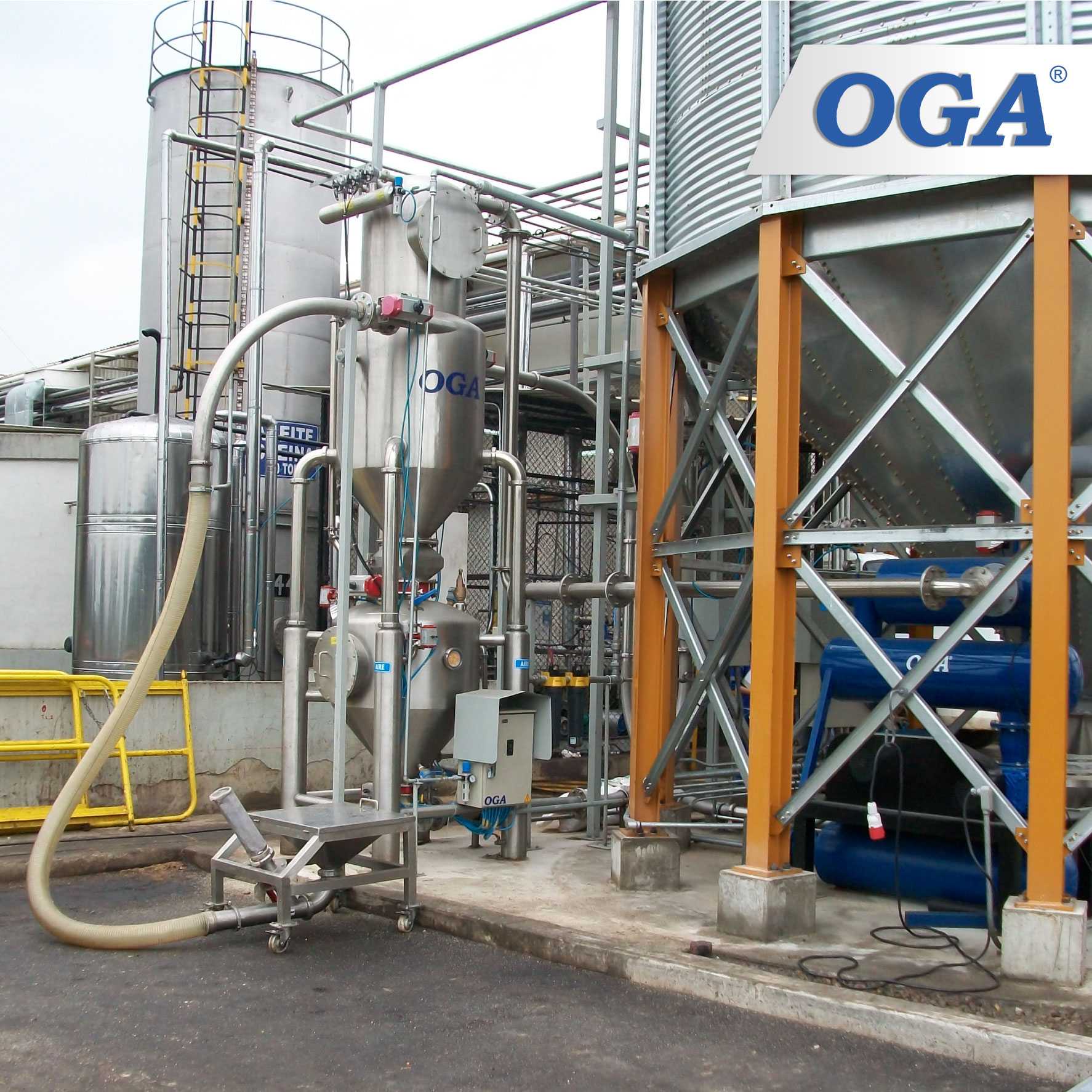
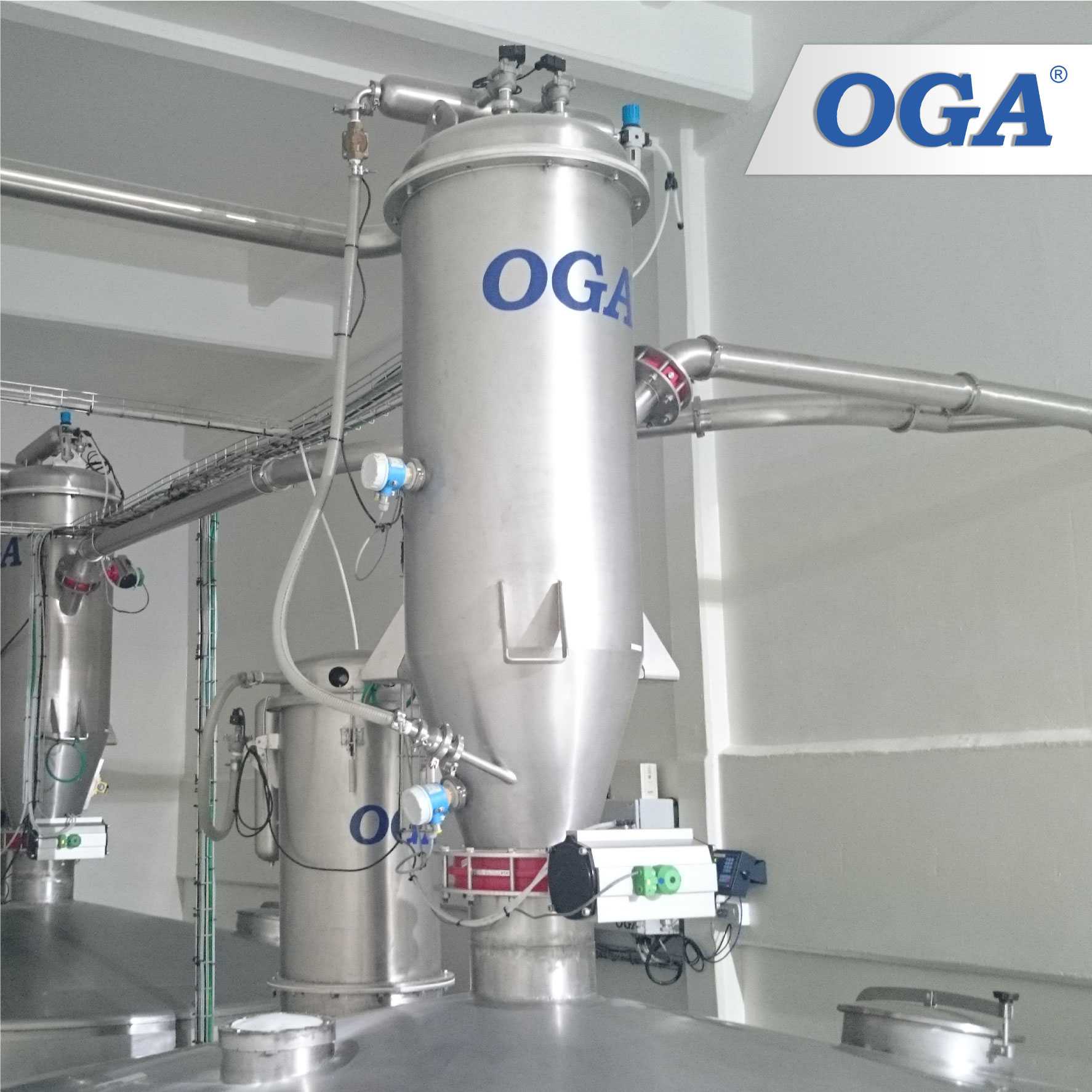
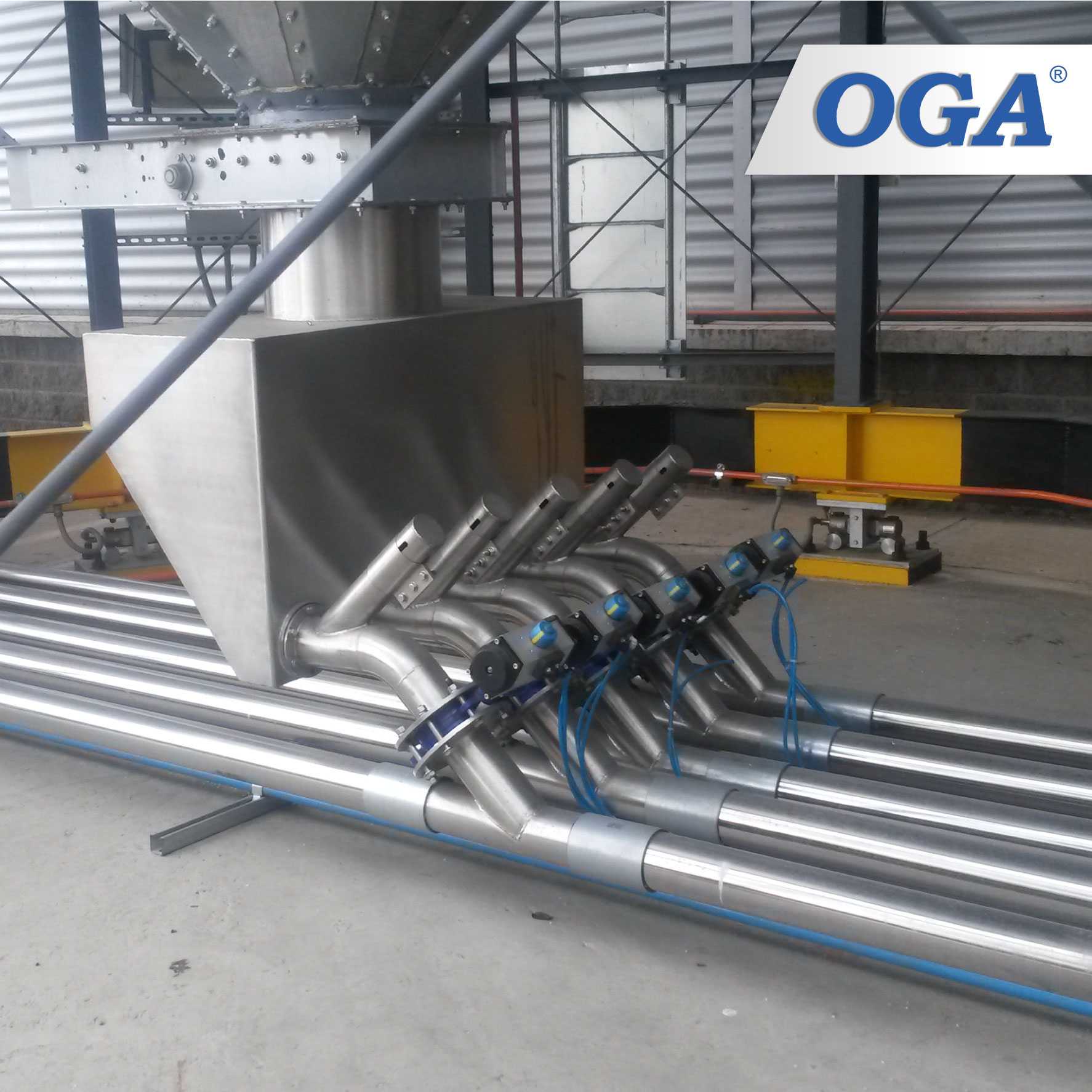
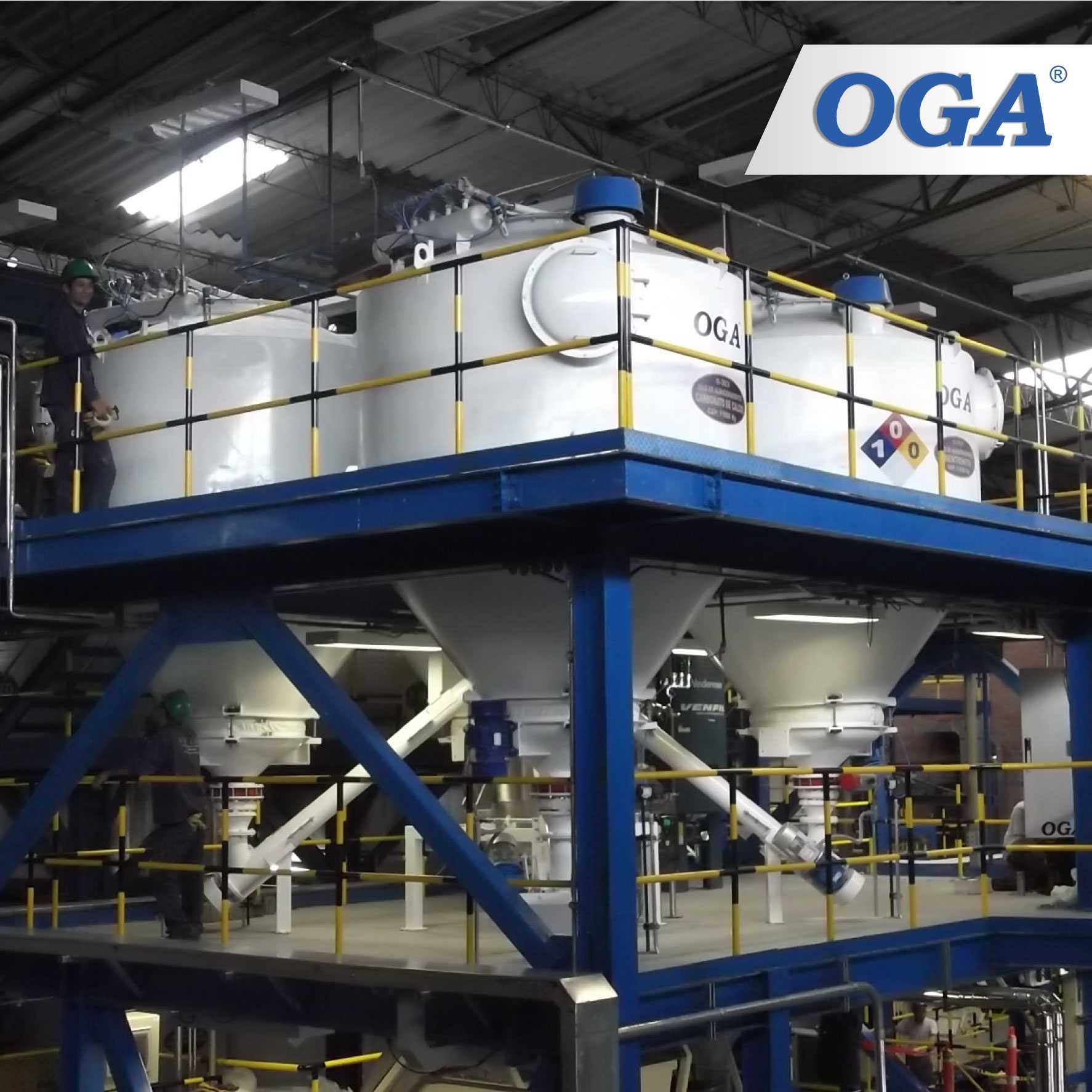
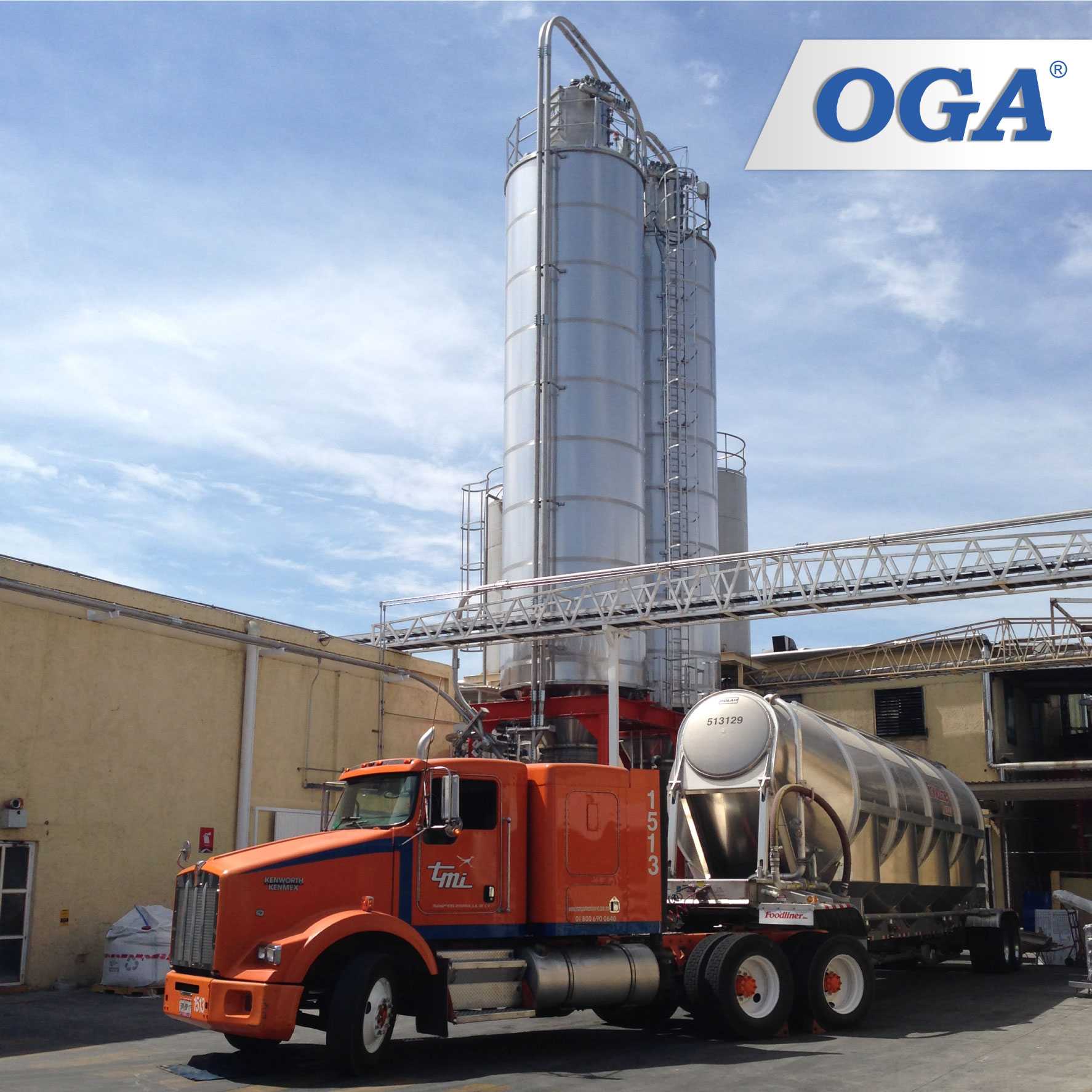
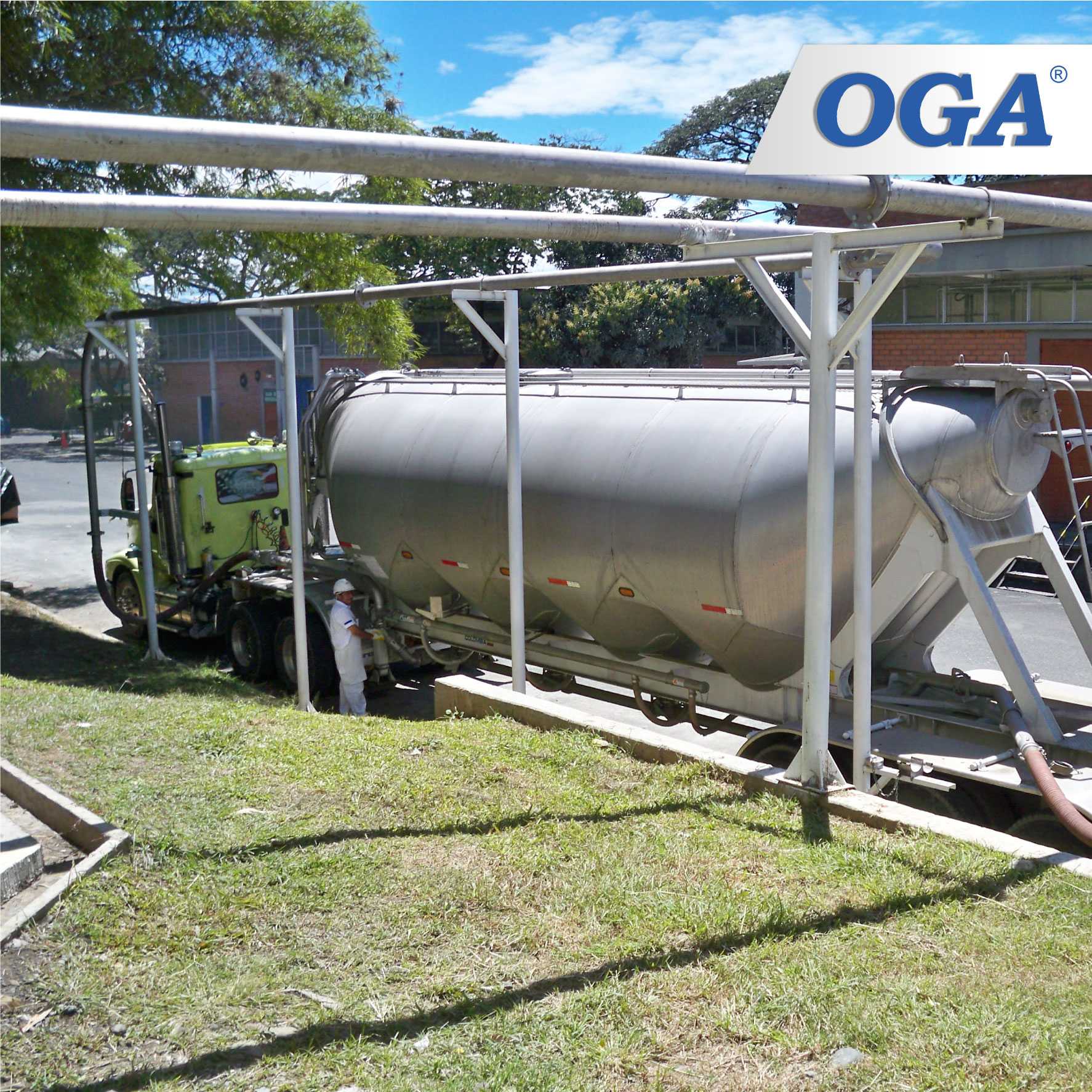

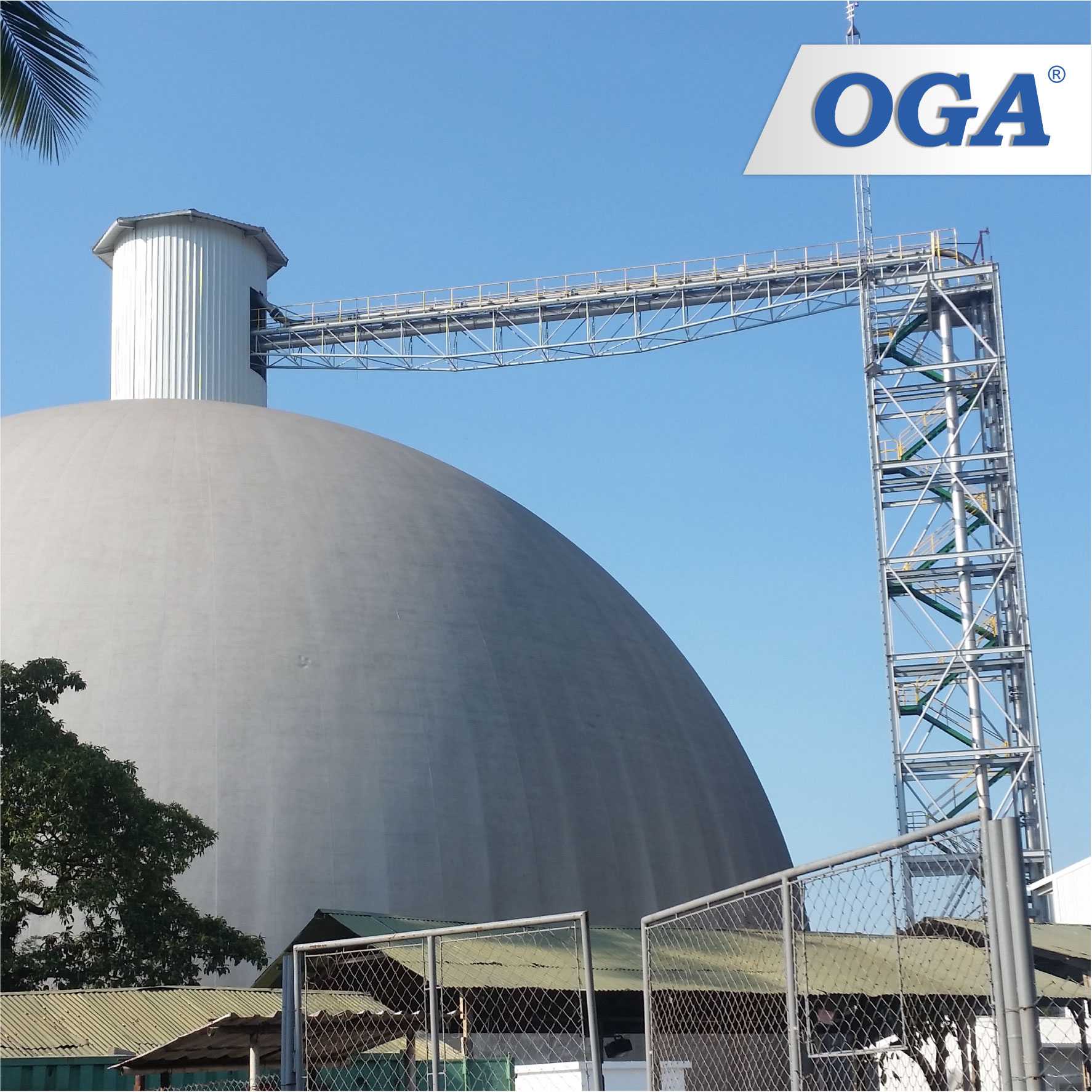
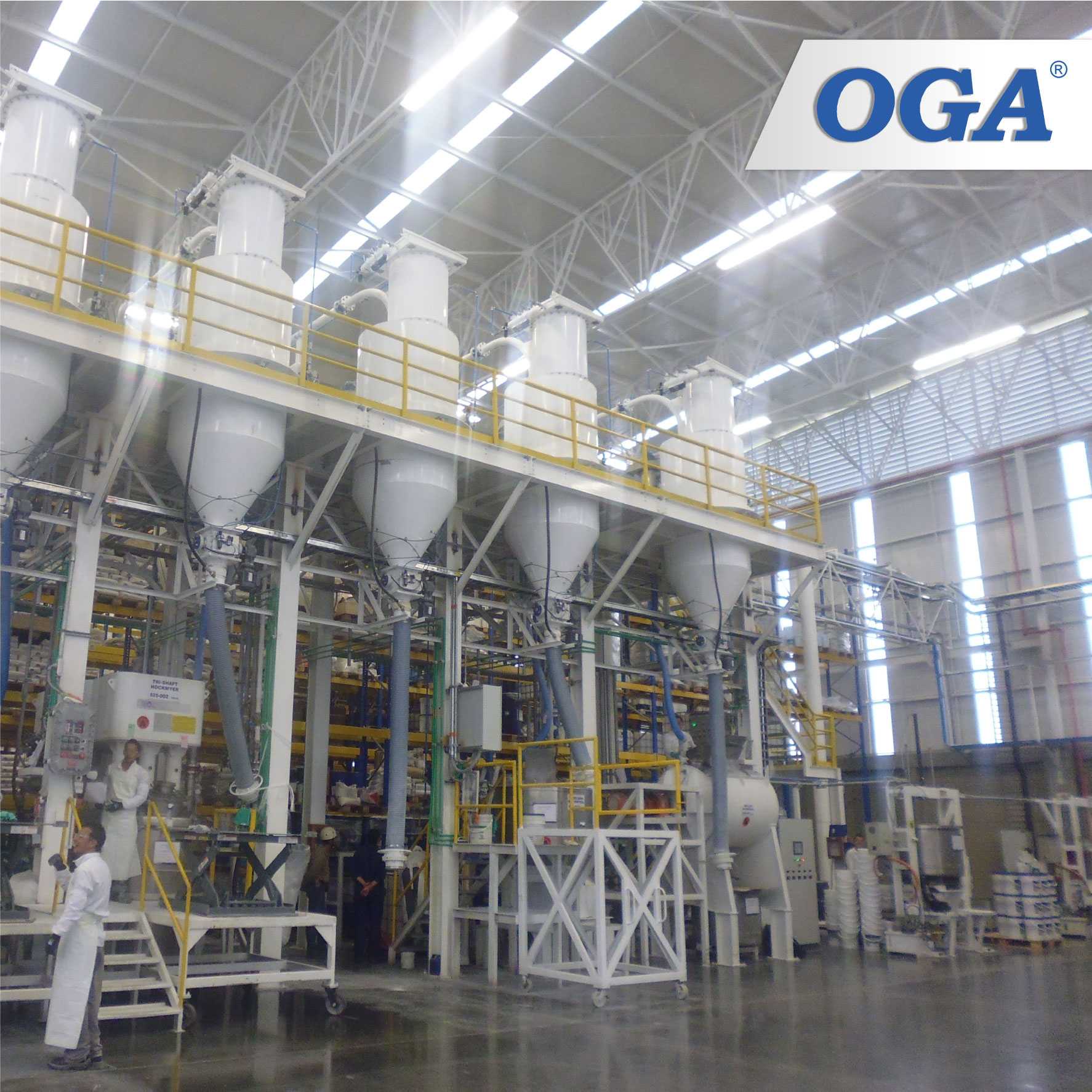

Density
Density is a property of matter that measures the amount of material compressed into a given space (degree of compactness). In other words, it is the amount of mass per unit volume.
It should be noted that each substance has a different density, depending on its atomic structure and the arrangement of its molecules.
ρ = M/V
Bulk Density
The bulk density of a material (heterogeneous) is the relationship between volume and dry weight, including any voids and pores it may contain. This measurement is applied to porous materials, granules, pellets, among others.
Measurement Units
International System of Units
Kilogram per cubic meter (kg/m^3).
Gram per cubic centimeter (g/cc).
Kilogram per liter (kg/L).
Imperial System of Units
Ounce per cubic inch (oz/in^3).
Pound per cubic foot (lb/ft^3).
Pound per gallon (lb/gal).
Flow Rate
Flow rate is the amount of fluid that flows through a duct section per unit of time. It can also be identified as volumetric flow or the volume passing through a given area in a unit of time. Qa = V/T
The forces that must be considered for flow rate calculations in pneumatic transport systems are gravity, differential pressure, and inertia.
Measurement Units
International System of Units
m^3/s = Cubic Meter Per Second = 1000 l/s = 35.31 ft^3/s.
l/s = Liters Per Second = 0.001 m^3/s = 0.03531 ft^3/s.
Other System
m^3/s = Cubic Meter Per Second = 1000 l/s = 35.31 ft^3/s.
l/s = Liters Per Second = 0.001 m^3/s = 0.03531 ft^3/s.







